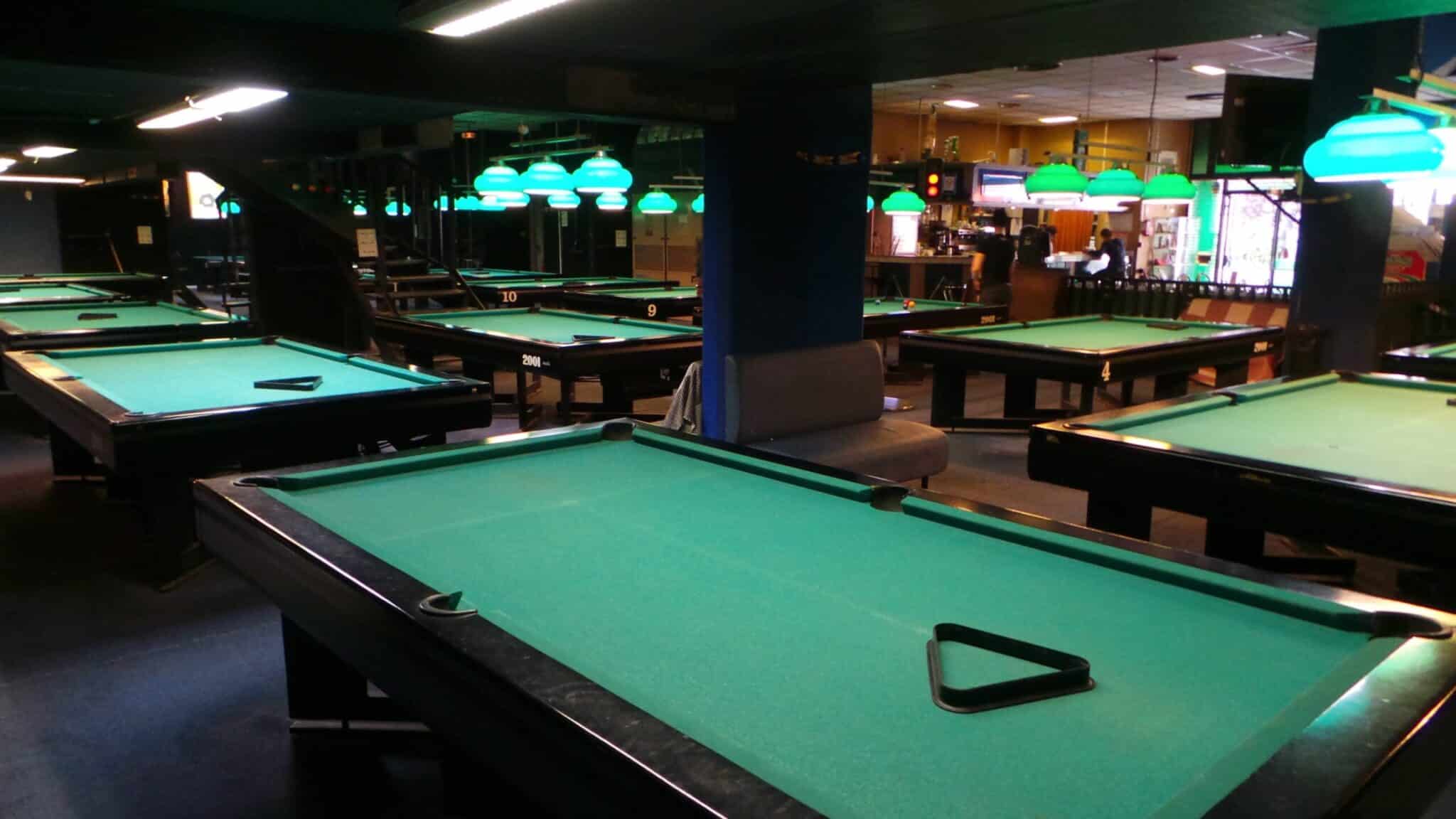

In nine-ball games where a handicap is given by one player being spotted a ball, some tournament venues enforce a rule that the spotted ball must be racked as one of the two balls in the row directly behind the 1 ball. However, all balls other than the 1 and 9 may be randomly placed.

Some players (most often amateurs) place the balls in numeric order but for the 9 ball from the top of the triangle down and from left to right, i.e., the 1 on the foot spot, followed by the 2 then 3 in the second row, and so on. In nine-ball, the basic principles are the same as detailed in the eight-ball section above, but only balls 1 through 9 are used the 1 ball is always placed at the rack's apex (because in nine-ball every legal shot, including the break, must strike the lowest numbered ball first) over the table's foot spot, and the 9 ball is placed in the center of the rack. Racking in specific billiards games Eight-ball Ī diamond-shaped wooden nine-ball rack, racker's view: 1 ball in front, 9 ball centered. Diamond-shaped frames are sometimes used for the game of nine-ball (although a triangular rack can also be used) and template racks come in a variety of shapes. Triangular racks are used for eight-ball, straight pool, one-pocket, bank pool, snooker and many other games. The most common shape of a rack is that of an equilateral triangle. not create a large spread of balls) since it is significantly more likely that the rack will interfere with slow-rolling balls. For this reason, template racks are almost never used for games where it is common to slow-break (i.e. Unlike traditional racks, template racks are left on the table during the break shot and removed at the players' earliest convenience. Purported benefits of template racks include a more consistent racking, and their popularity has warranted specific inclusion in profession rules. A modern variation, called a template rack, is made from a thin material (usually 0.14 mm or less) that contains precision cut-outs to hold the balls in place. Traditional racks are in the form of triangular frames, usually made from wood, plastic or metal. "a rack of balls", more often called a pack or a pyramid in British English). "to rack the balls"), or as a noun to describe a set of balls that are in their starting positions (e.g. Rack may also be used as a verb to describe the act of setting billiard balls in their starting positions (e.g. A rack (sometimes called a triangle) is a piece of equipment that is used to place billiard balls in their starting positions at the beginning of a pocket billiards game.


 0 kommentar(er)
0 kommentar(er)
